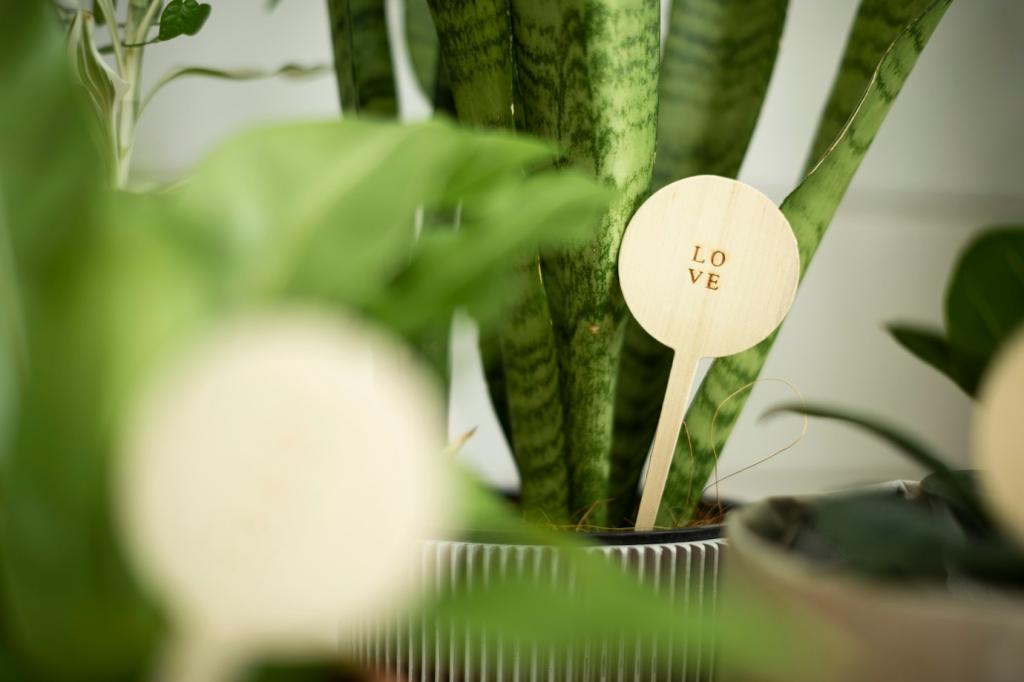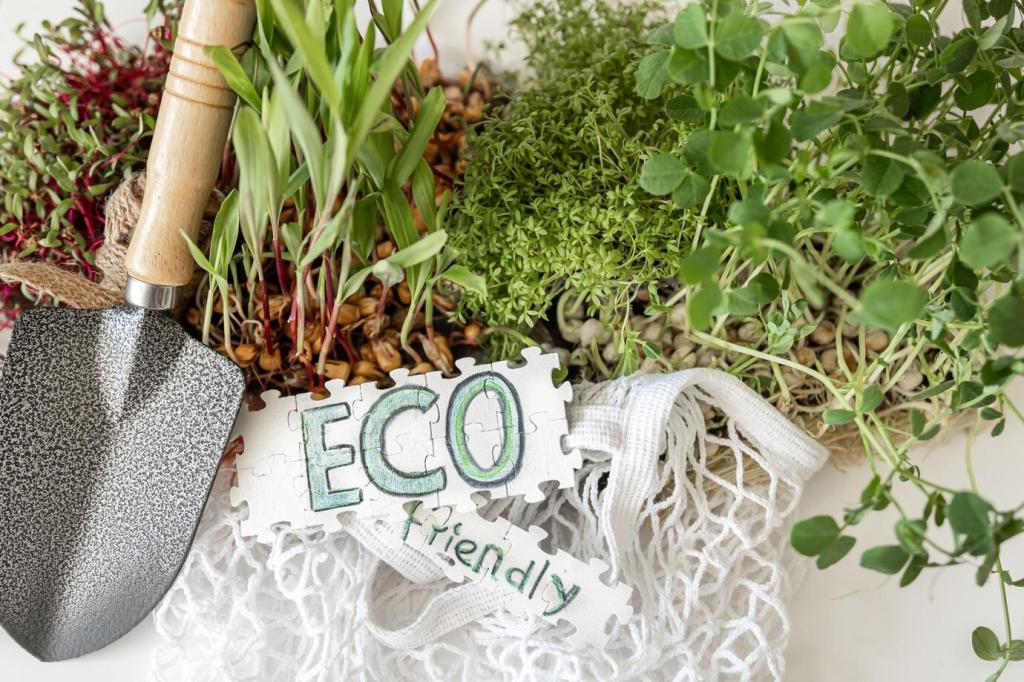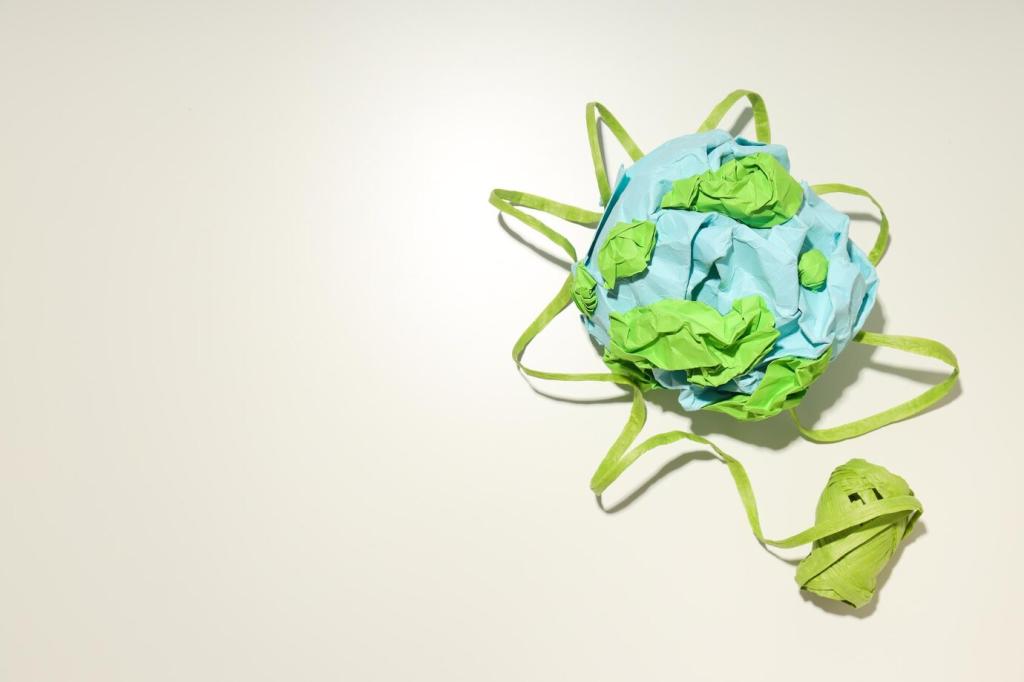
Eco-Friendly Furniture Material Recycling: From Waste to Wonder
Chosen theme: Eco-Friendly Furniture Material Recycling. Welcome to our home for circular design, where discarded materials earn second lives as beautiful, durable furniture. Explore hands-on guides, real stories, and smart practices, then subscribe and join our growing community of conscious makers and mindful homeowners.



Materials That Shine in a Second Life
Source from deconstruction yards, not demolition piles. Check moisture content, grain stability, and hidden nails. Plane gently to preserve character, then finish with low-VOC oils. Subscribe for our checklist that makes reclaimed timber safer, cleaner, and easier to work in home workshops.


Designing for Disassembly and Continuous Recycling
Use bolts, screws, and knock-down connectors instead of permanent adhesives. Mechanical joints allow parts to be replaced, upgraded, or recycled by material stream. If glue is necessary, consider reversible options like hide glue for wood. What joinery do you prefer and why?
Designing for Disassembly and Continuous Recycling
Whenever possible, keep components to one dominant material—solid wood tops, aluminum frames, or PET felt panels. Fewer mixed layers simplify separation, which boosts actual recycling rates. Share photos of single-material pieces that impressed you; we might feature your project in our newsletter.


Responsible Sourcing, Labels, and Take-Back Systems
For wood, look for FSC or PEFC certification. For textiles, check OEKO-TEX or Global Recycled Standard. For whole products, Cradle to Cradle and EPDs add clarity. Comment with labels you trust, and we’ll expand our verification guide for readers.
Responsible Sourcing, Labels, and Take-Back Systems
Build relationships early. Ask about contamination limits, preferred fasteners, and minimum quantities. Design projects to match their recovery capabilities. Share your city, and we’ll compile recycler contacts to make Eco-Friendly Furniture Material Recycling more accessible everywhere.
Care, Repair, and End-of-Life Planning
Dust with microfiber, avoid harsh solvents, re-oil dry wood surfaces annually, and rotate cushions to distribute wear. Small habits add up to decades of use. Subscribe for seasonal maintenance reminders tailored to common recycled materials found in modern circular furniture.


Care, Repair, and End-of-Life Planning
Visit a repair café or host one. Tighten hardware, replace glides, and patch fabrics with compatible recycled textiles. We once fixed a cracked stretcher using a reversible spline and screws, extending life beautifully. Share your best repair story to inspire others.
